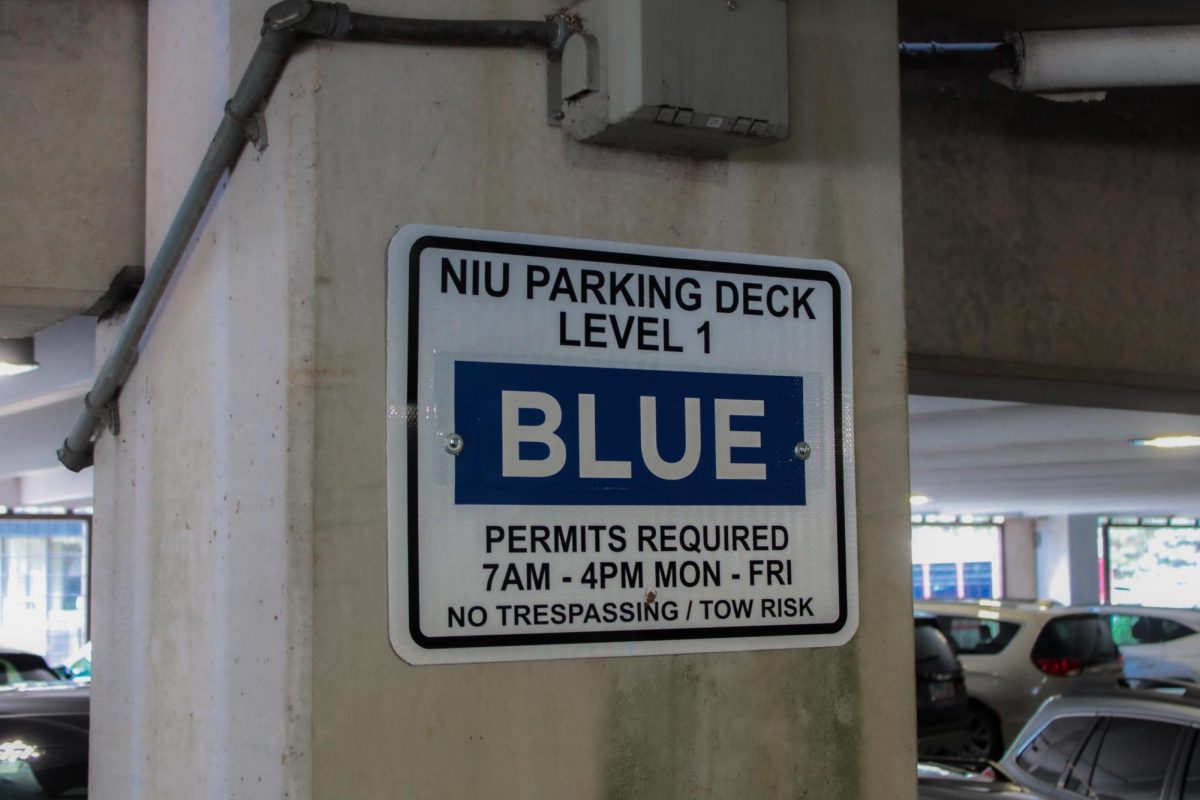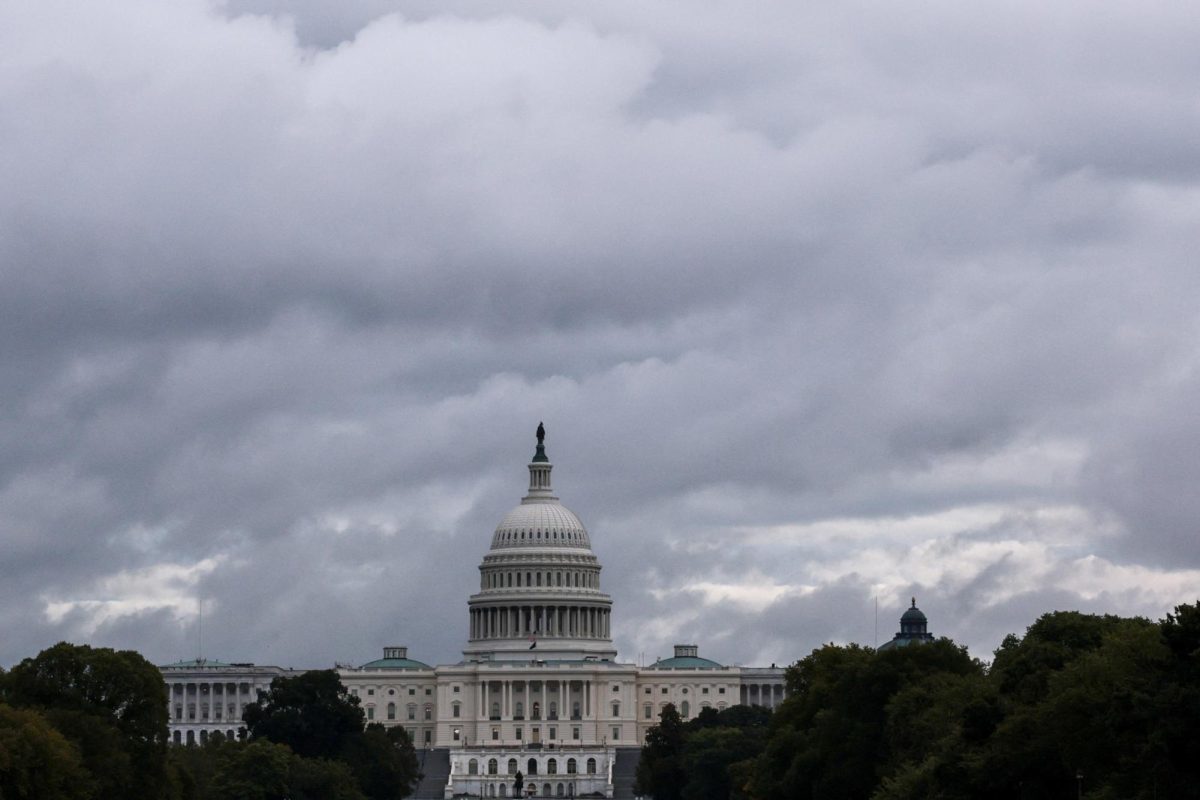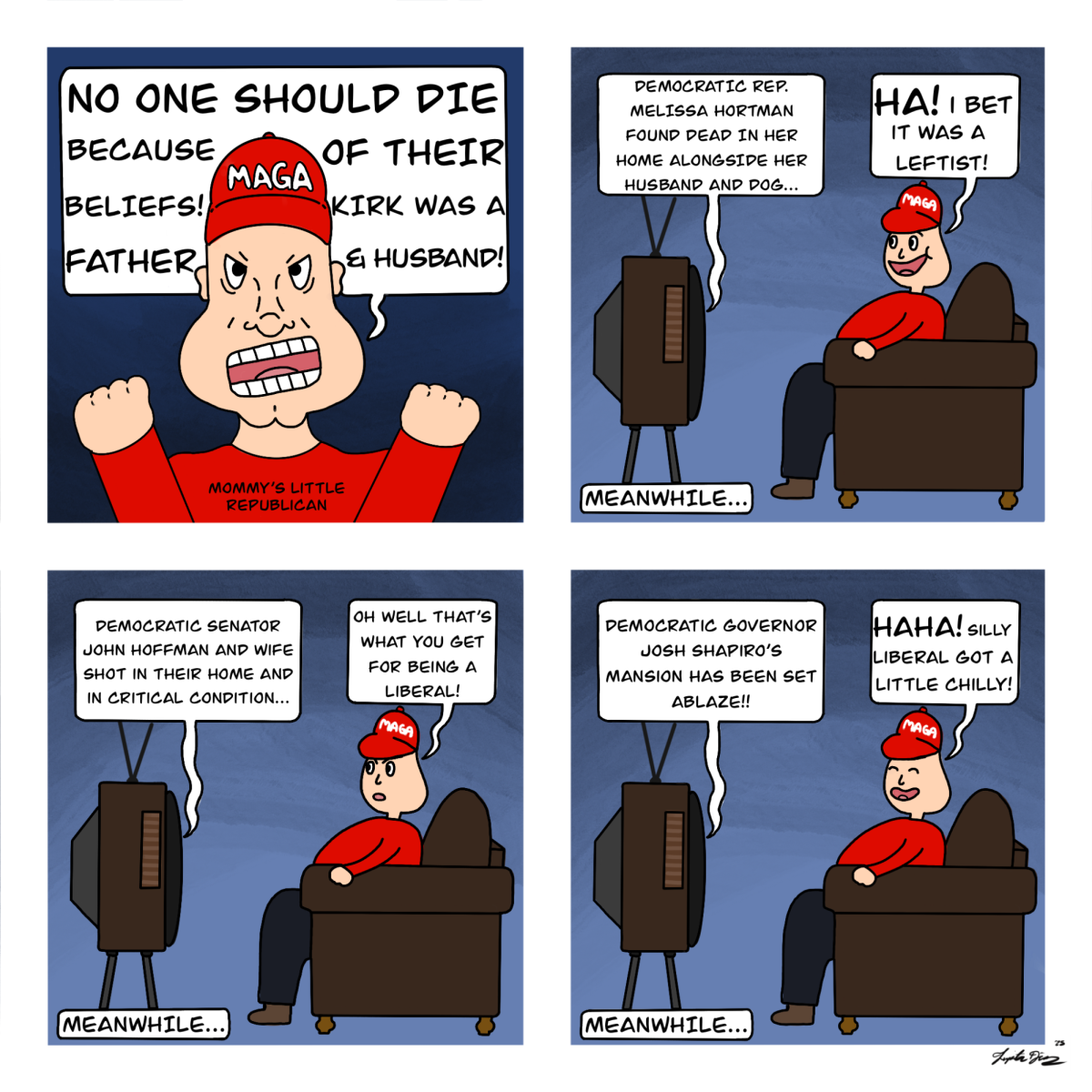In 1947, the U.S. Department of War was renamed the Department of Defense to reflect America’s changing stance on national security. President Donald Trump’s attempt to reverse this change is a poor way to show strength and a waste of time and money.
When Trump signed an executive order on Sept. 5 changing the D.O.D.’s name, the justification given was that the new name would “project strength and resolve.”
“We won the first World War, we won the Second World War, we won everything before that and in between. And then we decided to go woke and we changed the name to Department of Defense. So we’re going Department of War,” Trump said.
The Department of War was initially renamed because the U.S. military was reorganized following World War II. It had originally been split between the Department of War, which controlled the Army and Air Forces, and the Department of the Navy, which controlled the Navy and Marine Corps.
This split was dangerously inefficient during the second World War, so both departments were combined into the Department of Defense. This new name was also meant to reflect how the U.S. had switched to focusing on constant vigilance against its rivals over periodic mobilizations for war.
Rebranding the U.S. military in 1947 was only one of multiple important changes to this department of government at the time. Aside from making the administration look stronger, the only other reason the name is being changed now is to reflect Trump’s stance on foreign conflicts.
Ches Thurber, Associate Professor of political science believes that Trump changing the name of the Department of Defense shows a shift of ideology in the Trump administration.
“I think to some degree it does reflect a shift as part of a broader ideology within the administration, of using U.S. military force in a more limited way, but more assertively when it is used,” said Associate Professor of political science Ches Thurber. “That is, fewer long engagements like we saw in Afghanistan and Iraq and more decisive bombing campaigns, like (Trump) used against ISIS in his first term and against Iran just this summer.”
In addition to the change only being symbolic, it might also be a financial waste. Should the D.O.D. be renamed to the Department of War, every facility, uniform and letterhead labeled with the current name will need to be changed.
Furthermore, Trump has no way to guarantee the new name will make the U.S. military look stronger.
“Most will see it as political theater, but understanding that it is another symbolic representation of a broader idea that they are seeing elsewhere, retrenchment from the United States’ traditional allies, retrenchment from engagement in foreign aid and retrenchment from participation in international organizations,” Thurber said.
Domestically, renaming the D.O.D. will likely only appeal to certain groups.
“The primary motivation for this is to a domestic, U.S. political audience, perhaps most poignantly that kind of set of U.S. military personnel who served in Afghanistan and Iraq and who took away the same set of lessons, or you might say, frustrations, as Secretary of Defense Pete Hegseth,” Thurber said.
Hegseth has previously stated his goal of reviving the “warrior ethos inside the military” and voiced his support regarding the bombing of Iranian nuclear facilities. In Hegseth’s eyes, renaming the D.O.D. is another step toward this goal.
However, this change is going for style over substance. Switching names doesn’t make the U.S. military stronger, and the moment the military loses a war or gets bogged down fighting a country it should have crushed, the name will lose whatever power Trump and Hegseth thinks it has.















